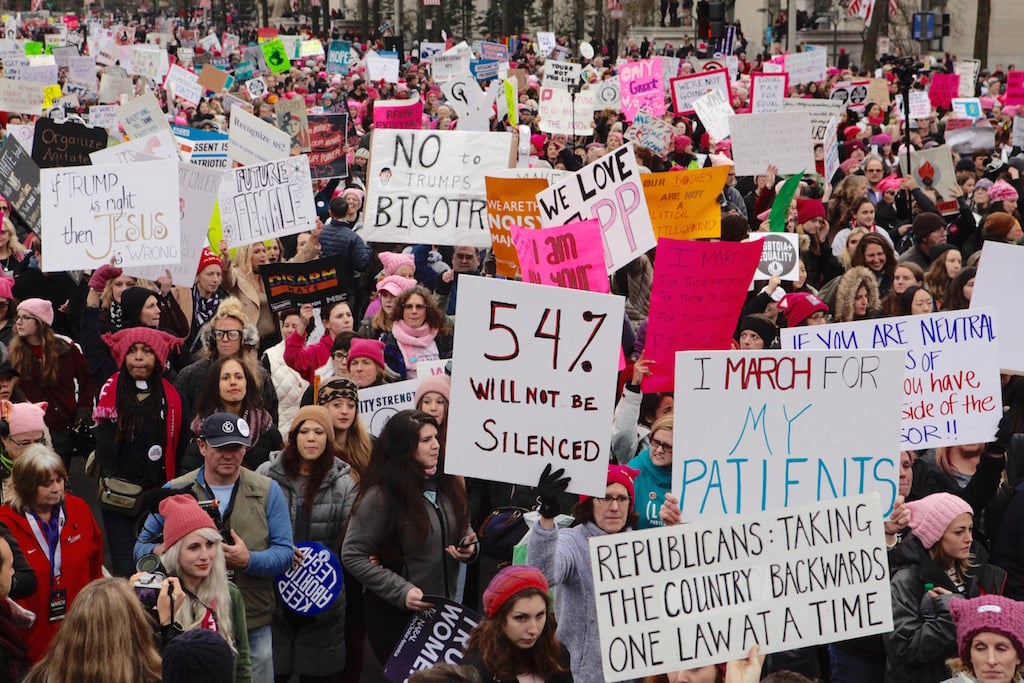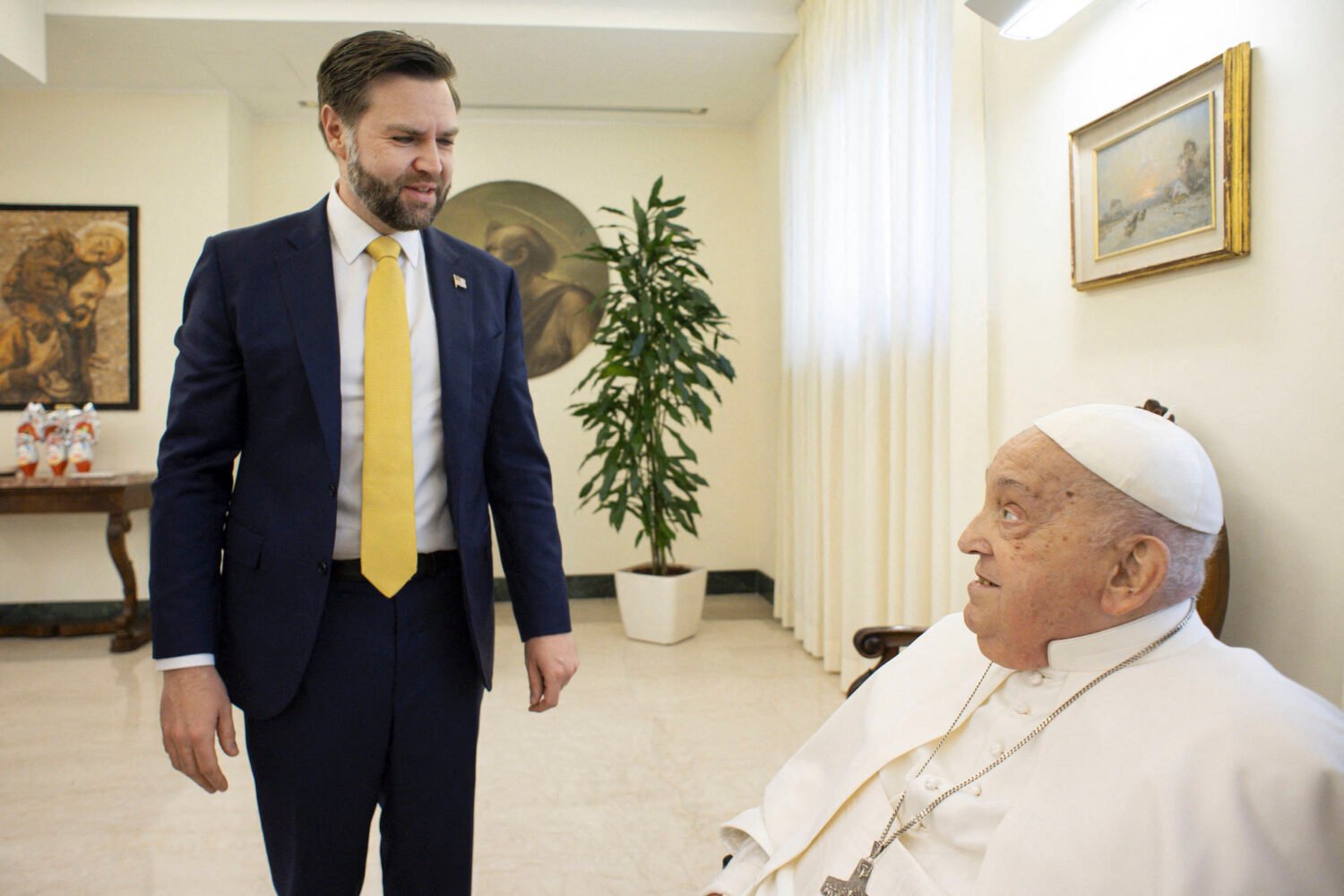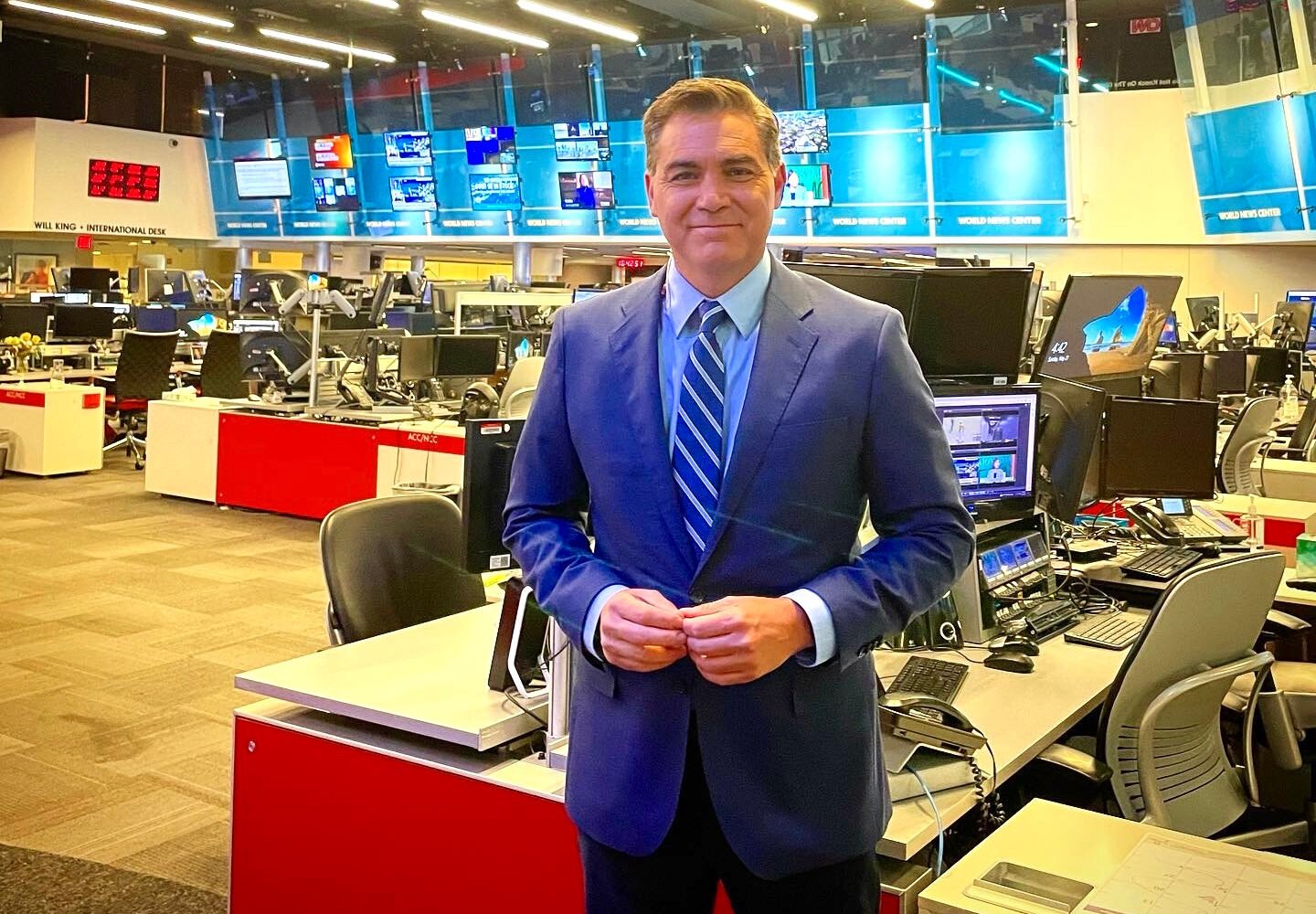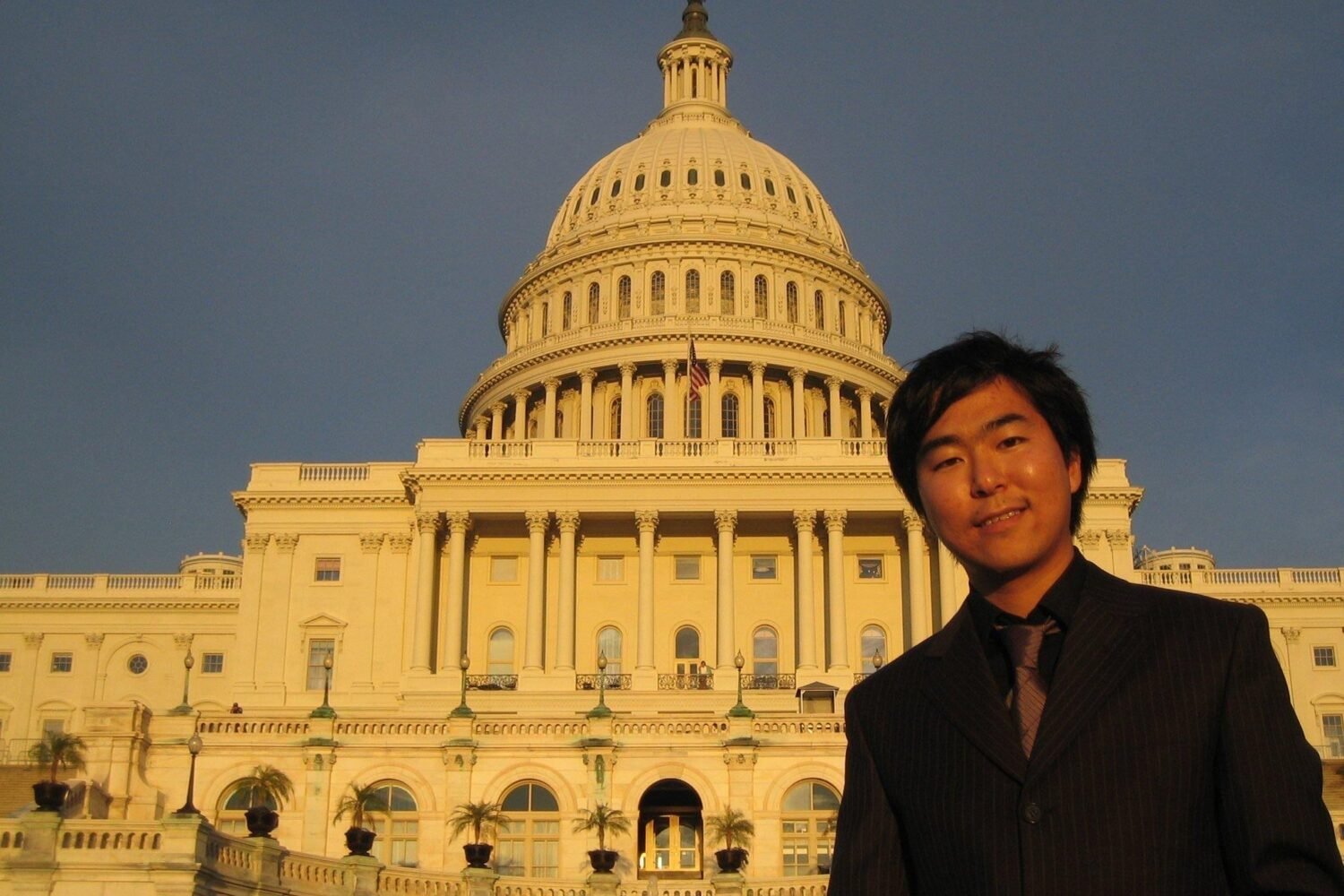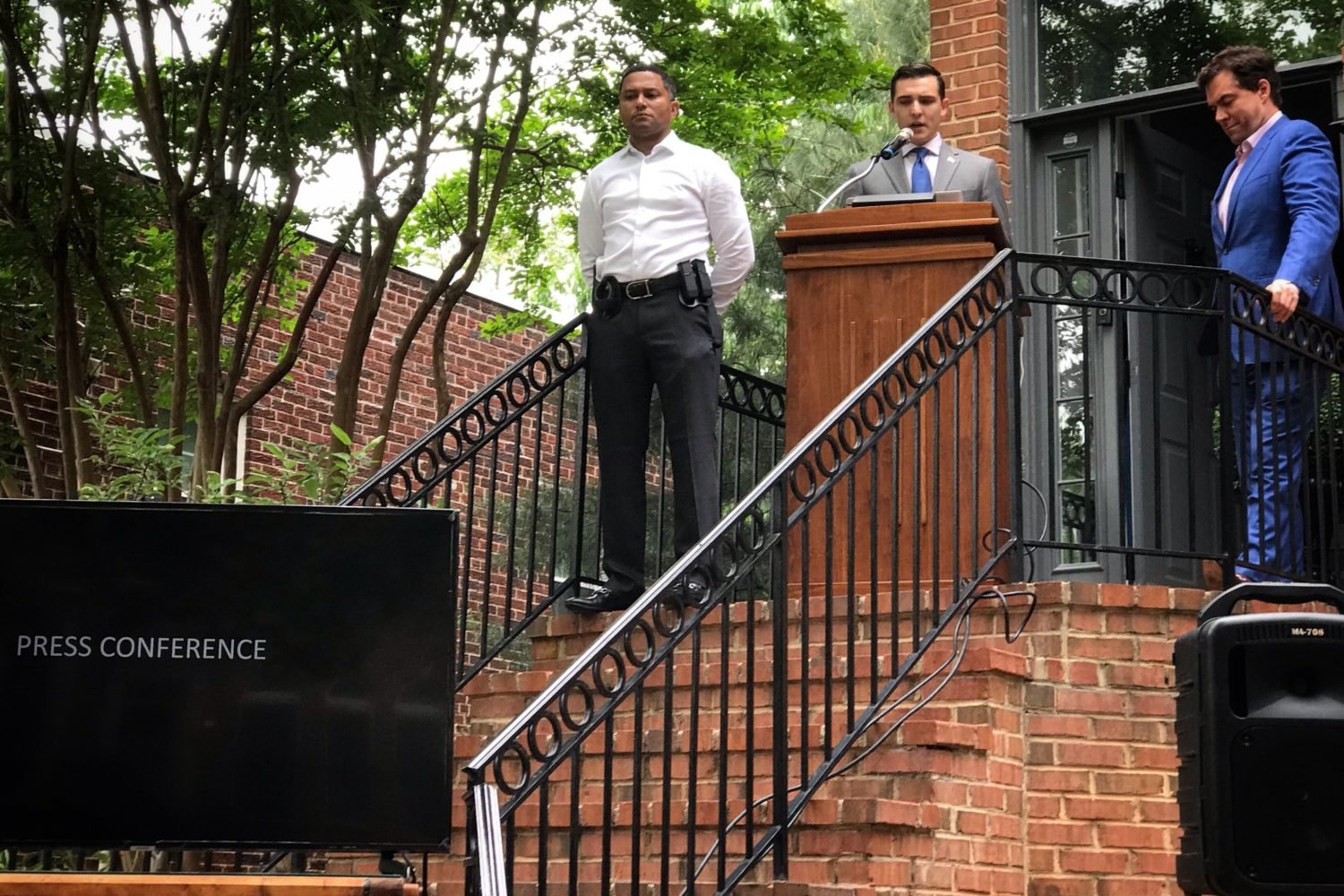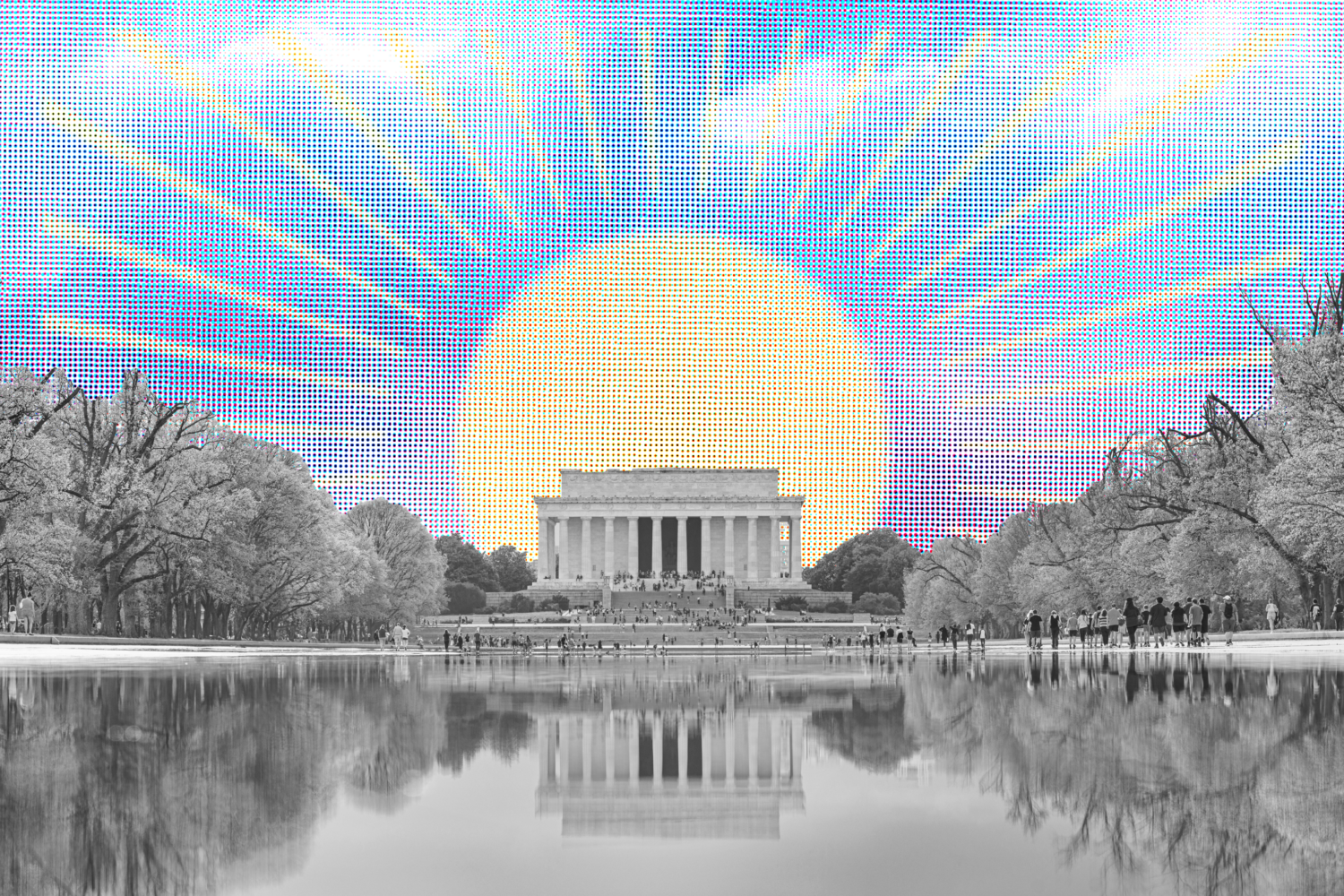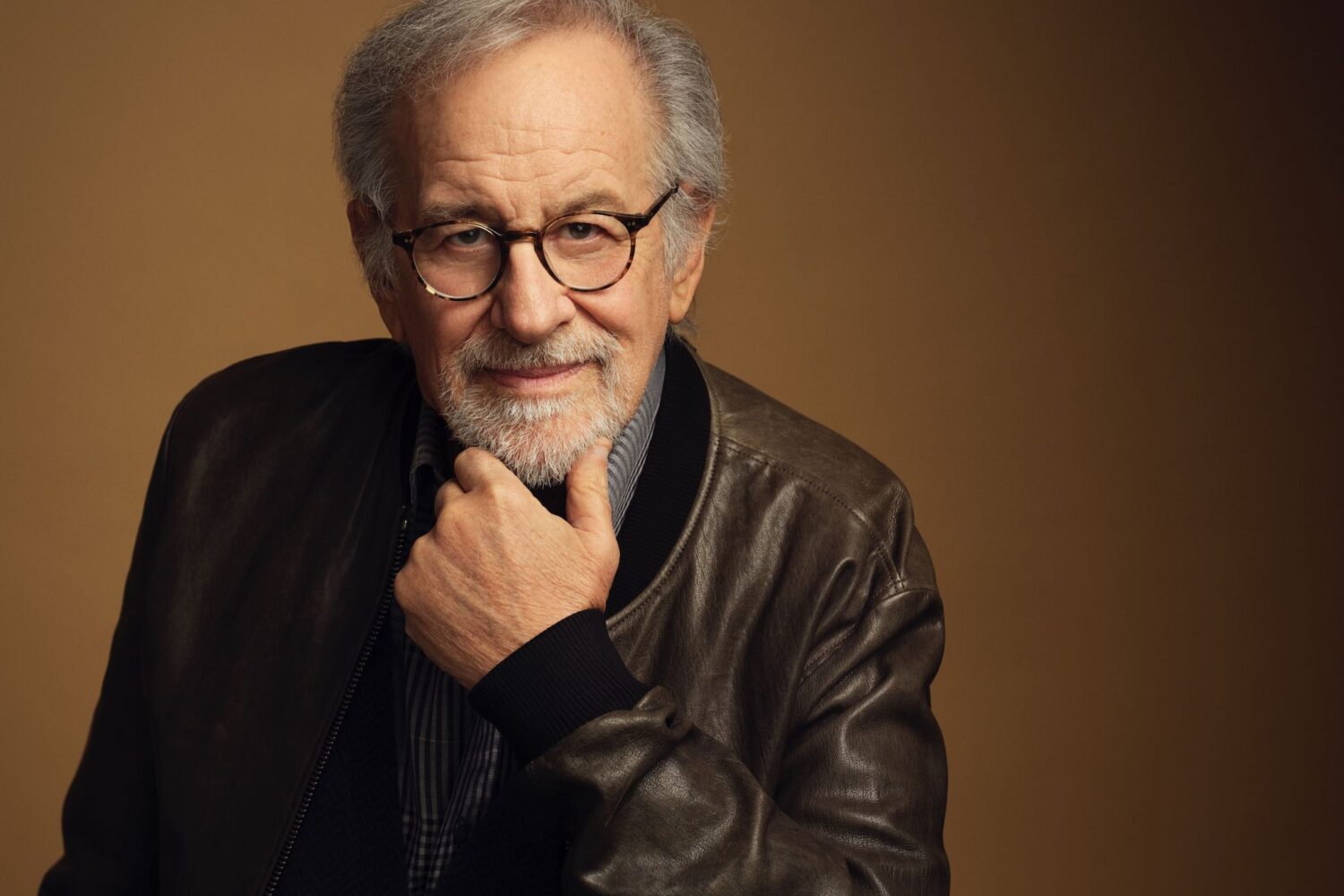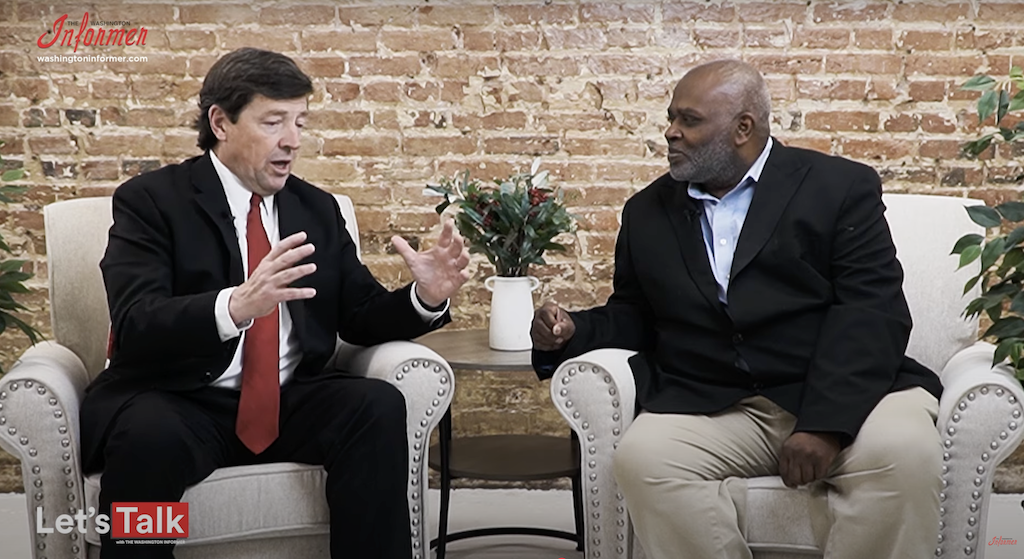On April 5, thousands of protestors are expected to gather at the Washington Monument in DC for the flagship “Hands Off!” anti-Trump-and-Musk rally. Organized by progressive advocacy groups such as Indivisible and 50501 Movement, the demonstration’s goal is to tell President Trump and Elon Musk to get their “hands off” Americans’ health care, social security, jobs, and more.
In anticipation of the protest, we wanted to hear from an expert about what actually makes a protest successful. We talked to Professor David Karpf, Associate Professor of Media and Public Affairs at George Washington University, who studies digital politics and has written two books on political activism and advocacy. He also has direct experience in the world of political organizing as a volunteer leader with the Sierra Club.
We spoke with Karpf about how to measure protest success, how demonstrations can bring about policy change, and why protesting under the second Trump Administration feels different than under the first.
This Q&A has been edited and condensed for length and clarity.
What specific instances of protest have caused a policy change at the federal level?
People’s natural instinct is usually to look back at the Civil Rights Movement. I wrote about that a little in my 2016 book. Even that is a little too simple—the civil rights movement organized for decades, all culminating in the [1963] march, and the march makes a difference. But that march is fitting into a broader movement and campaign, it’s not like the one march alone did it.
The better way to look at this is the ways that mass protest end up leading to people in government taking actions that they would not otherwise take. That’s not always going to be policy change.
A relevant example is probably the Women’s March in 2017, where even though that doesn’t lead to an immediate change in government policy, there are measurable effects. The fact that there was such a massive number of people out in the streets in 2017 leads to Donald Trump’s first administration starting out with Sean Spicer insisting no, no our crowd sizes were much bigger than that. Which leads to a series of missteps that makes it much harder for [Trump] to get his agenda through for the first series of months. That’s a direct impact of the protests being so large and leading to a reaction.
You bring up the 2017 Women’s March–there hasn’t really been anything that has felt that massive or that organized so far in this administration, or at least it seems that way. What trends have you seen in the past couple of months and why do things feel muted right now?
When Trump was elected the first time, there was a broad sense that this was an unimaginable thing that just occurred—and, he hadn’t won the popular vote. So, there was this sense that this was unbelievable and we will take our country back. That leads to mass protest, mass outrage, seeming like the natural place to go.
Trump winning the second time, there’s the mass sense of well, we knew this could happen again, because it happened before. It’s not unprecedented, he does win the popular vote, and there’s a whole set of institutions that seemed to be providing avenues of resistance [in the past] that are obeying in advance.
The Women’s March in 2017 is happening in the same moment that the Washington Post is changing its tagline to “Democracy Dies in Darkness” and institutional journalism is insisting they are going to hold power to account. Institutional journalism isn’t saying we’re the resistance, but institutional journalism is saying, this is what journalism is built for, and we’re going to go in and do our jobs covering everything.
That is a very different moment than the Washington Post this time around, with Jeff Bezos quashing an endorsement [of Kamala Harris] and then just a few weeks ago saying that the opinion page is only going to have one sort of perspective.
There’s a clear signaling going on for institutional journalism that they don’t want to cover Trump aggressively the way they did last time. There’s clear signaling from the social media platforms, one of which is now owned by Musk, that they want to be on the same side as the administration.
Meanwhile, the specter that’s directly relevant to protesters, there was reporting during this past election cycle, that Donald Trump [asked about having the military] fire on protestors towards the end of his first term and that the generals said no. Now, he has picked Pete Hegseth, firing members of the joint chiefs of staff, appointing generals who presumably will no longer tell him no.
That also packs a pall over this, because what it means is, whereas in 2017 there was a sense of social media companies rising to the moment, institutional media rising to the moment, the courts rising to the moment, and all of these are levers of power that protests can help to push. Now there’s a broad sense all of those levers of power are obeying in advance and protesters are probably risking their own health and safety, in a way that they weren’t last time.
Protest is still happening. I don’t think it’s correct to say there’s no protest this time; there’s a lot of it. It doesn’t feel like a loud singular voice the way it did last time. I think part of that is that sense of collective defiance will yield an outcome isn’t there, because it seems like the courts are just giving up. Big law is giving up. Columbia University is giving up. All of the institutions that could stand against him are giving up.
It’s difficult to have a single clarion call to arms when every leverage point you could use to resist seems to already be falling apart and obeying in advance.
Is there a point where there can be too much protest? We’ve seen some of the violence at Tesla dealerships. Is there a point where some of these protests can do more harm than good?
There are theoretically points where that could happen, but practically, not right now. We don’t know all the details of the Tesla violence, but with the reporting that I saw, it doesn’t seem like the violence at the Tesla dealerships is a direct outcome of the protest there. It’s like a couple of random individuals are going and torching Teslas.
There’s an old line from Saul Alinsky, who was one of the great theorists of protest politics from the 1970s, “The action is in the reaction.” Probably the biggest protest that I know of from this cycle was the March for Science, which was two or three weeks ago, in terms of sheer numbers around the country, really pretty large numbers. I don’t think we can look at the March for Science and say nobody’s protesting anymore, there were a lot of people there.
The trick is that the March for Science, despite having a lot of people chanting in unison with a clear and strong argument, Elon Musk and the administration essentially responded by ignoring it. Right now, the Trump administration has decided that any protest, any screwups—I can’t help but think of what people are calling Signalgate—they’ve just decided to ignore it, with the belief being that within two days, attention will turn somewhere else. What they figured out is that if [they] just ignore all of that and don’t react to protest, don’t react to judges, don’t react to anyone, and just take from the government, then there’s no one to stop [them].
The effectiveness of protests tends to be in the reaction and tends to be based on the assumption that government will at least provide a fig leaf to being responsive to citizen demands. This is a government instead that is not responding to citizen demands or following the Constitution or the demands of the courts. Under those circumstances, I can’t imagine that there’s any such thing in this moment as too much protest.
In DC, we’ve seen a lot of small protests. If you stage a protest and only 25 people show up, does that do anything? Does the noise of all these small protests just get drowned out?
The reason why it’s difficult to answer is there’s a bit of craft and artistry in it. A small protest that isn’t getting a response can and often will be the starting point for larger protests that get a bigger response or small groups of people doing more effective things.
One thing that comes to mind, if we’re just focusing on DC, is the continuing resolution from the House two weeks ago which included a provision saying DC residents would not be permitted to spend our tax dollars on our own schools or on our own police. The response to that was a bunch of kids from my kid’s public school joined their parents and went to lobby members of Congress. They were turned away by Josh Hawley’s office, but other senators, or at least their staff, were willing to listen to them and they said, hey, please don’t force us to fire a bunch of our teachers just out of petty vindictiveness. The Senate then passed a fix for that. I don’t think it’s been passed by the House yet, so we’re still in limbo.
When that was happening, I can say as a DC resident, I both wanted to protest it and was also faced with the overwhelming reality that I don’t have a member of Congress with a vote, I do not have senators. In a situation like that, we both want to protest and feel the need to protest, but also have no legitimate representation. So all we can do is just knock on Josh Hawley’s door and hope that his staffers don’t turn us away.
The challenge here is we can say that’s ineffective protest, but also it’s not up to the protestors to be effective. It’s up to the government to be responsive to citizens. If it’s not, you end up with bigger protests.
There’s not a number of DC residents at a protest that would lead this Congress to ever say it’s going to be the 51st state. This Congress simply will not do that. It doesn’t mean that it would be ineffective for us to protest, it means that you do need to protest and then you need a government that is responsive, or else the protests will keep on getting bigger. The reason you have a responsive government is that citizens don’t eventually end up rioting. We currently have an unresponsive government.
Are any experts in your field predicting that there will be pointed protests down the line because of the DOGE cuts and their potential delayed effects?
I haven’t seen specific predictions because this is happening so fast that people are more wondering with bated breath what happens next. Disobeying a court order puts you at a constitutional crisis, nobody knows what happens after a constitutional crisis because the point is not to get into one. But we are way past that. We’re in uncharted territory.
The thing I do see organizers and practitioners focusing on is turning people out to town hall meetings where they can yell at members of Congress, and that’s a legitimate form of protest. We’re already seeing Republican members of Congress deciding to not do town halls anymore. That’s leading people like Bernie Sanders and AOC [Alexandria Ocasio-Cortez] to say okay, well if you’re not going to do it, then we’ll hold a town hall in your district. So, we’re seeing little moves like that that are producing headlines and creating a venue for effective protest.
Do you have any final thoughts?
These are unprecedented times, and it hasn’t been very long yet. Also, judging protest based on the result is always sort of tricky. Because the easiest way to have a successful protest is to ask somebody to do something they were already going to do. The highest value protests are ones where you are trying to persuade someone to do something that’s hard, [and] that’s going to take a larger campaign and a larger movement and it’s going to take more time.
But I wouldn’t read the lack of [one mass protest] this time as a failure of the effectiveness of protest or a lack of will from the public. I would read that as an indication that you have a government that’s decided not to listen to the public. That’s going to, over time, lead to larger and more strenuous protests. That’s what you see around the world when governments don’t listen to the public: if they won’t listen, then people shout louder.

